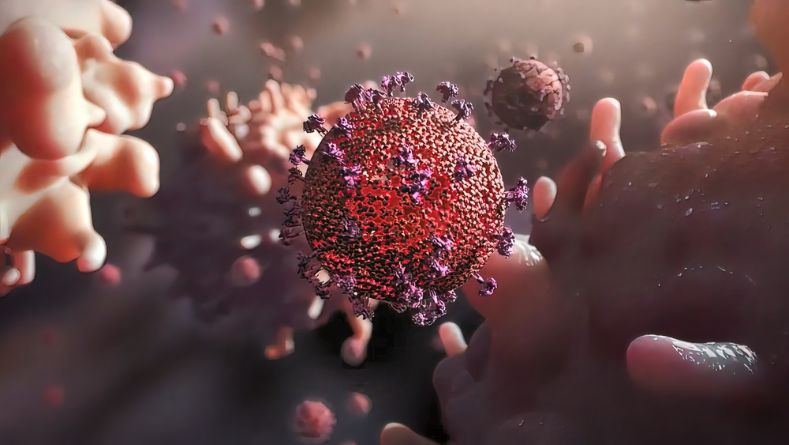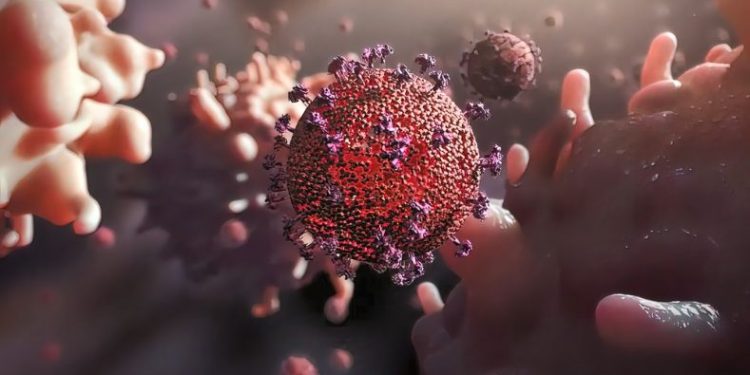Pancreatic cancer occurs when malignant (cancerous) cells develop in part of the pancreas. It may affect the way the pancreas works, including the function of its exocrine and endocrine glands. Most people with pancreatic cancer have a tumor that starts in the cells that line the ducts of the pancreas that carry digestive enzymes to the duodenum. These tumors are called exocrine pancreatic cancers. The most common type of exocrine pancreatic cancer is adenocarcinoma. Less commonly, cancers that start in the cells that make the enzyme lipase or other pancreatic proteins are called acinar cell carcinomas. Pancreatic neuroendocrine tumors, which start in hormone-producing cells, are also less common.
The pancreas is an oblong organ in your abdomen that lies behind the lower part of your stomach and spine. It produces juices that aid digestion and makes insulin and other hormones to manage your blood sugar levels. The pancreas has two areas: the wide end, which is called the head, and the narrower end, which is called the tail. Cancerous growths in the head of the pancreas can spread to other parts of the body, such as the lungs and liver.
Your risk of pancreatic cancer increases with certain factors, such as being a smoker or having diabetes. You are also more likely to have this cancer if you have a family history of the disease. This cancer can be caused by many things, such as a genetic mutation, pancreatic cysts or chronic pancreatitis.

Over 90% of tumors that occur in the pancreas are pancreatic adenocarcinomas. Cancers that start in the cells that make digestive enzymes, called exocrine tumors, are the most common types of pancreatic cancer.
Less than 10% of pancreatic tumors begin in the hormone-producing cells of the pancreas, called endocrine tumors. These are called pancreatic neuroendocrine tumors, or NETs.
Exocrine tumors are usually resectable, which means that they can be removed surgically. Cancers that spread to other parts of the body, such from the lungs and liver, are considered metastatic.
Adenocarcinoma of the pancreas may be categorized as resectable, borderline resectable or unresectable. Resectable tumors have a clear boundary between the pancreas and nearby blood vessels. Cancers that extend into these vessels are difficult or impossible to remove surgically. Borderline resectable tumors have some involvement of blood vessels but are still close enough to the pancreas that surgeons can safely remove them. Unresectable tumors have extensive blood vessel involvement and are too advanced to be treated surgically.









